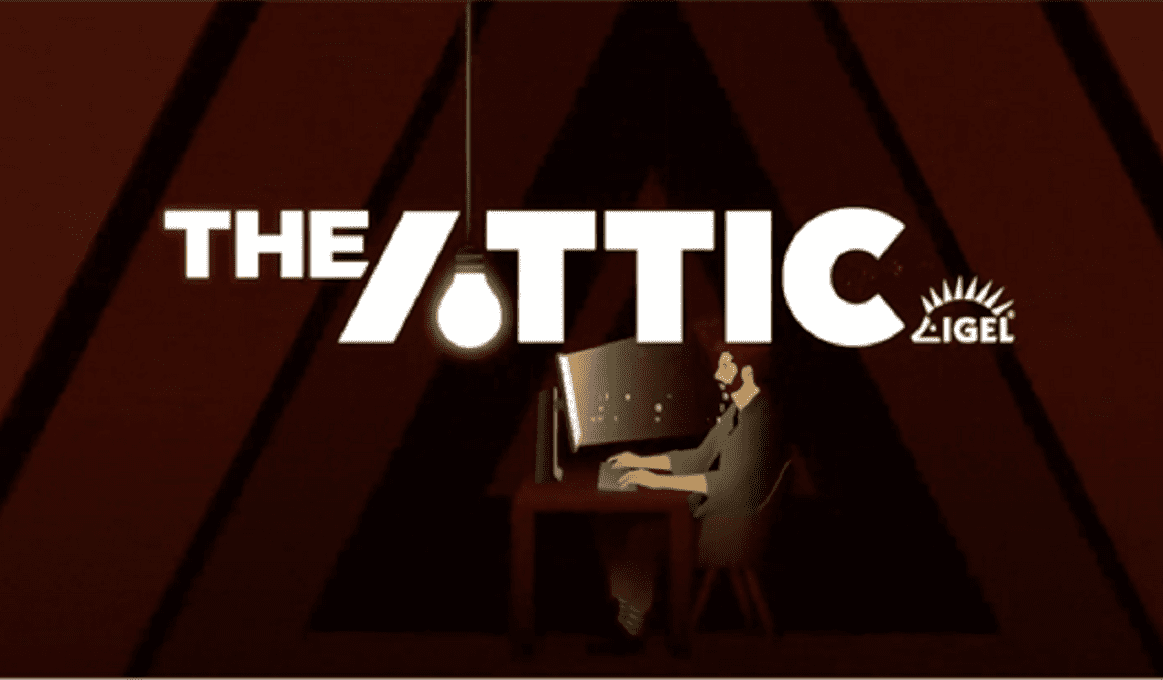IGEL Blog

Endpoints Versus ”Fat” Clients – the Environmental Truth
 There are many reasons why a endpoint, operating in a Virtual Desktop Infrastructure (VDI) deployment, offer a better way to work. Think easy-of-use, fast to install, cheaper to buy, remote management, automated security, just for a start. However, there are a whole host of environmental reasons as well, which have a lot of appeal for companies trying to reduce their environmental footprint.
There are many reasons why a endpoint, operating in a Virtual Desktop Infrastructure (VDI) deployment, offer a better way to work. Think easy-of-use, fast to install, cheaper to buy, remote management, automated security, just for a start. However, there are a whole host of environmental reasons as well, which have a lot of appeal for companies trying to reduce their environmental footprint.
For starters, a endpoint uses a whole lot less energy than a traditional, or ‘fat’ PC. Many use as little as 15 watts per hour, compared to our friend the PC, which uses between 80 and 250 watts per hour. When they’re asleep – and remember, an administrator can shut down devices remotely in case careless people forget to power off before going home – a endpoint can use as little as 1 watt per hour, yet still boot up and be ready to go within a couple of seconds. Already that environmental footprint is shrinking, not to mention the power bill. But onward, because there is a whole lot more.
Since the endpoint uses much less power, it does not need a fan to keep it cool, so it has no moving parts. Therefore it tends to last longer, since there are fewer components at work inside each box. This means that there will be fewer new devices being manufactured in the world, and not as many production lines, using fewer materials and producing the unwanted by-products of assembly.
Moving on from that premise, there will be fewer planes, trains and automobiles on the road, using up precious resources and burning fossil fuels delivering hardware, so again our footprint continues to shrink. Since they are more reliable than PCs, there are also fewer technicians driving around fixing hardware.
Form factor also fills into the previous statement – since endpoints are inherently smaller than their ‘fat’ counterparts, more can be shipped at one time, consolidating freight costs and saving more resources.
Jumping back a stage – remember that remark about not having a fan to keep the endpoint cool? Well that means that the working environment is producing less heat as well, and requires less air-conditioning to keep ambient temperatures comfortable. Again, we are saving power. Yes, there IS an argument here that since all endpoints run in a virtual environment then there is a trade-off in terms of keeping the server room cool, but the space required for this is generally very small compared to the rest of the working environment.
So to sum up, a endpoint can save a company plenty when it comes to power consumption, and can save the world a whole lot in pollutants. So reduce your footprint by going virtual, and help make the world a better place. Sign up for a demo today.


